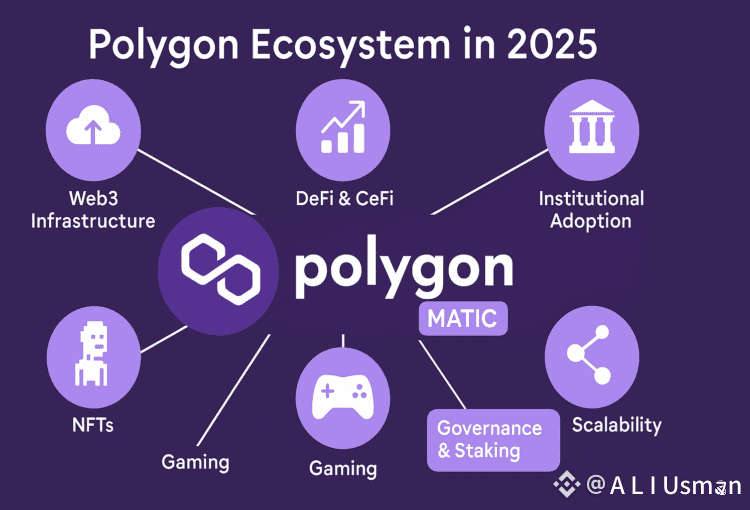As 2026 approaches, holders of Polygon (POL), formerly MATIC, face a familiar crossroads — hold through the next cycle or take profits before the market’s direction becomes clearer. The decision isn’t straightforward. Between major network upgrades, evolving token economics, and shifting market sentiment, Polygon’s future remains a mix of promise and uncertainty.
Polygon’s recent “Rio” upgrade marks a technical milestone. It introduces higher throughput, faster finality, and more reliable infrastructure — crucial ingredients for scaling real-world applications like gaming, DePIN, AI integrations, and tokenized real-world assets. If these sectors gain traction on Polygon, long-term holders could benefit from renewed demand for POL as network activity translates into fees, staking, and utility. The Rio upgrade also signals Polygon’s broader ambition: to become the most performant execution layer in Ethereum’s multichain ecosystem.

However, analysts’ outlooks for 2026 remain measured. Many models project moderate price growth or even stagnation unless adoption metrics significantly accelerate. The reasoning is simple — competition among Layer-2s is intensifying, and investors are becoming more selective about which chains demonstrate meaningful user and developer traction. If usage plateaus or token incentives fail to convert into sustainable activity, the case for holding weakens. Selling part of a position to lock in profits and redeploy elsewhere could be the pragmatic move for those prioritising opportunity cost over conviction.
Macro factors add another layer to the calculus. When Bitcoin strengthens, liquidity and attention tend to flow into infrastructure tokens like POL, lifting prices across the board. Conversely, in weaker Bitcoin phases, even technically strong projects can struggle to maintain momentum. Polygon’s 2026 performance may therefore hinge as much on Bitcoin’s market cycle as on the success of its upgrades. Timing, in this case, could prove just as influential as technology.
The more strategic question is whether Polygon’s technical advances will convert into economic value for POL holders. Early data from the Rio deployment indicates higher transaction volumes and growing staking participation, which supports a constructive thesis. Sustained progress here — more locked supply, higher fees, and network demand — would strengthen the hold case. If those metrics stall, sentiment could turn, and capital may migrate to newer ecosystems promising faster returns.
Ecosystem effects also matter. Polygon’s modular framework and developer-focused upgrades could catalyse new projects and liquidity, benefiting not just POL but the wider network of tokens built atop it. For smaller projects like Lume, a stronger Polygon base layer enhances exposure and credibility. Holding POL therefore provides indirect participation in that ecosystem growth. Yet if the expected influx of builders and users fails to materialise by 2026, patience may test even long-term believers.

For many investors, the rational path may lie between the extremes. Reducing exposure after strong rallies while maintaining a core position allows participation in potential upside without overcommitting to uncertainty. It’s a balanced approach that aligns risk management with conviction.
In essence, the decision to hold or sell POL into 2026 hinges on evidence, not narratives. If Polygon’s Rio, CDK, and AggLayer upgrades translate into measurable adoption, holding remains justified. If network activity and revenue lag expectations, rotation into other assets might be wiser. Monitoring staking ratios, fee growth, developer engagement, and macro market signals will be key.

